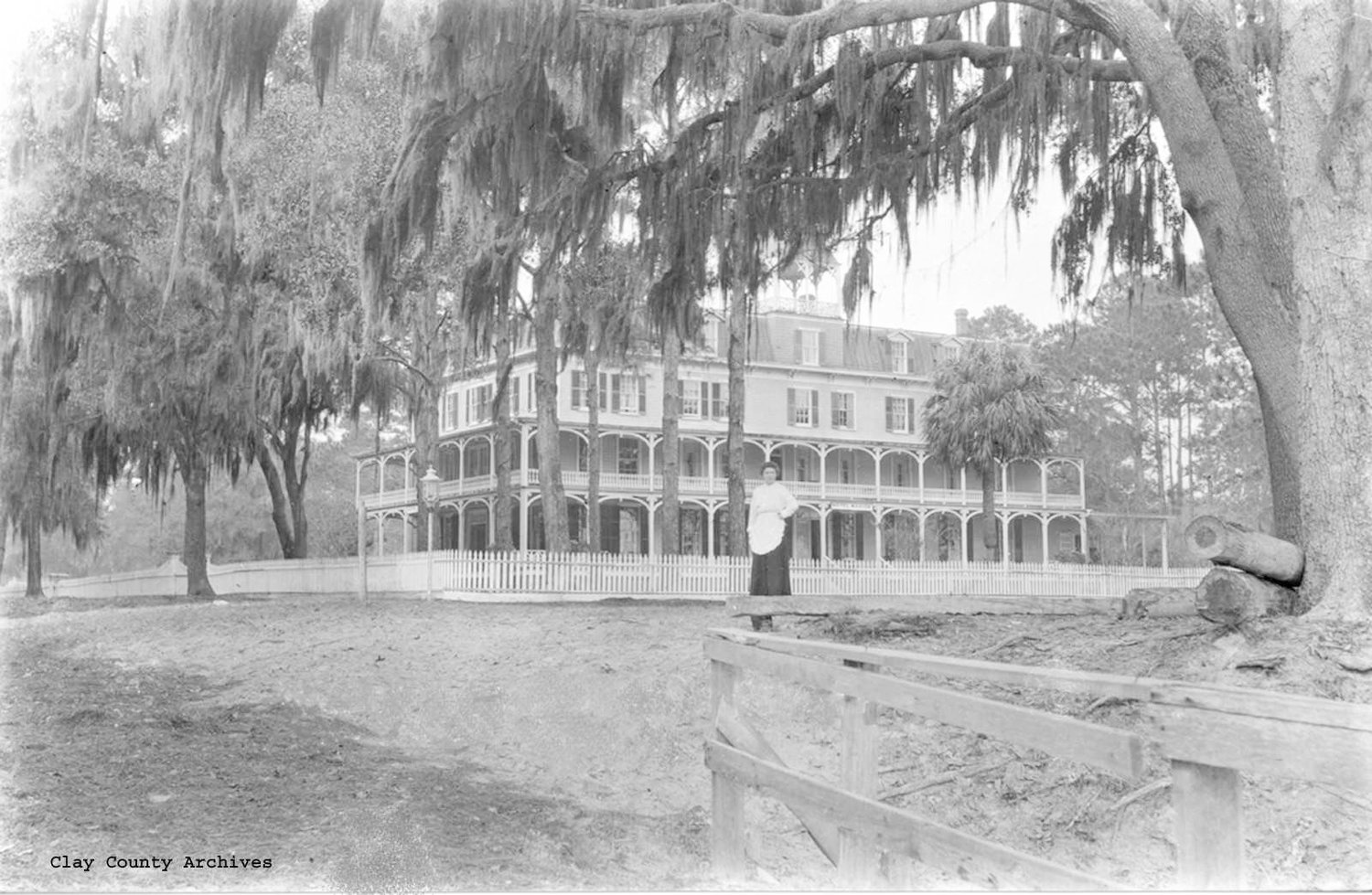Benedict’s promotion of Orange Park included motor: ‘No Mosquitos, No Weeds, No Bars’
By the time The Town of Orange Park was officially incorporated in February of 1879, Washington Gano Benedict and his associates in The Florida Winter Home and Improvement Co. had been moving and …
This item is available in full to subscribers.
Attention subscribers
To continue reading, you will need to either log in to your subscriber account, or purchase a new subscription.
If you are a current print subscriber, you can set up a free website account and connect your subscription to it by clicking here.
If you are a digital subscriber with an active, online-only subscription then you already have an account here. Just reset your password if you've not yet logged in to your account on this new site.
Otherwise, click here to view your options for subscribing.
Please log in to continueDon't have an ID?Print subscribersIf you're a print subscriber, but do not yet have an online account, click here to create one. Non-subscribersClick here to see your options for subscribing. Single day passYou also have the option of purchasing 24 hours of access, for $1.00. Click here to purchase a single day pass. |
Benedict’s promotion of Orange Park included motor: ‘No Mosquitos, No Weeds, No Bars’
By the time The Town of Orange Park was officially incorporated in February of 1879, Washington Gano Benedict and his associates in The Florida Winter Home and Improvement Co. had been moving and shaking for a while.
In fact, when papers were actually signed with the owner of the 9,000 acres and any money changed hands, the streets had been platted, groves planted and model homes constructed.
Not taking any chances, Benedict was busy schmoozing Jacksonville and state-wide movers and shakers to attend an impressive grand-opening ceremony.
The big day arrived. Guests enjoyed a lavish late afternoon al fresco picnic along the St. Johns River complete with cloth draped tables, formal table ware and a five-course meal accompanied by wines served in crystal stemware.
The revelry paused only briefly when, Mrs. Randle, wife of Florida’s Chief Justice of the Supreme Court pulled the name of the new town from a hat. Rumor had it that all the names in the chapeau were the same – Orange Park. Benedict and his associates were heavily depending on “orange fever” to attract landowners.
Benedict was a master of promotional advertising and he came at his potential customers from every angle. In fact, he wasn’t above a little embellishing. Ads promised “No Mosquitoes and No Weeds and No Bars”. Health benefits of sunny climes were heavily emphasized and supported by physicians.
Jumping the gun and getting an early start on preparing for the first winter season was important for Benedict and his investors. The original wharf from plantation days was impressive but required improvements for landing the larger paddle wheelers. After adding 140,00 board feet of lumber, two tons of iron and 700 gallons of tar, the pier stretched into the river a full 1,375 feet.
Next on the to do list was the construction of a charming Victorian style hotel – three floors wrapped in porches draped with gingerbread trim – just up the bluff from the landing. Determined that any ships traveling the St. Johns got the message, a 15-by-200 feet billboard on the shoreline marked the northern city limits spelling out “ORANGE PARK” in letters fifteen feet tall and twelve feet wide.
The settlement quickly proved to be attractive to the burgeoning northern middle-class businessmen, farmers academics and tradesmen. Some built homes for winter visits and others permanently settled to stay year-round. Florida Winter Home investors quickly began realizing significant profits.
By 1881, Benedict and his family had returned to Boston and were living in his newly acquired apartment hotel, The Washington. He shifted his focus to electric railroading and boat building where he was equally successful.
With his wife, Harriet, Benedict was a generous supporter of the prestigious New England Conservatory of Music and active in the exclusive Boston social scene.
Ironically, in February of 1899, Benedict caught a cold which, mere days later, progressed to a diagnosis of bronchial pneumonia and his death.








